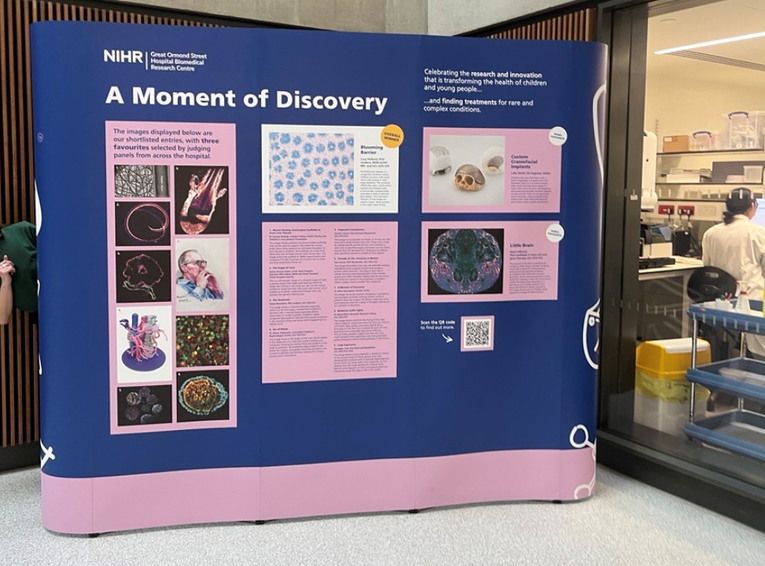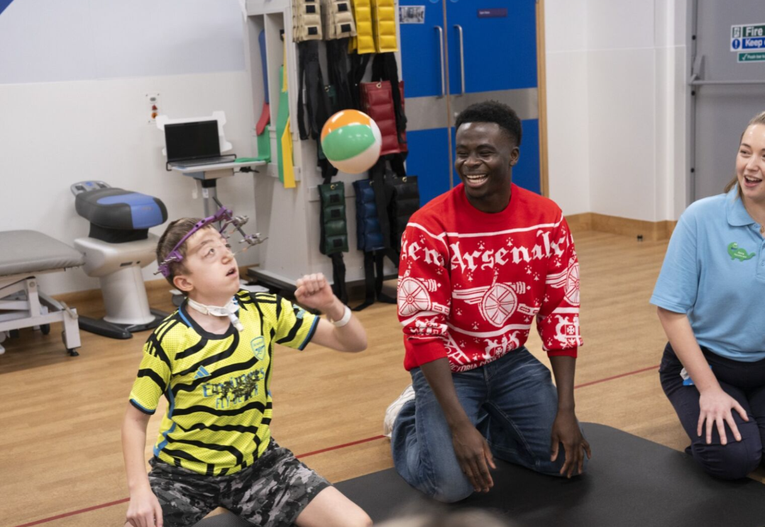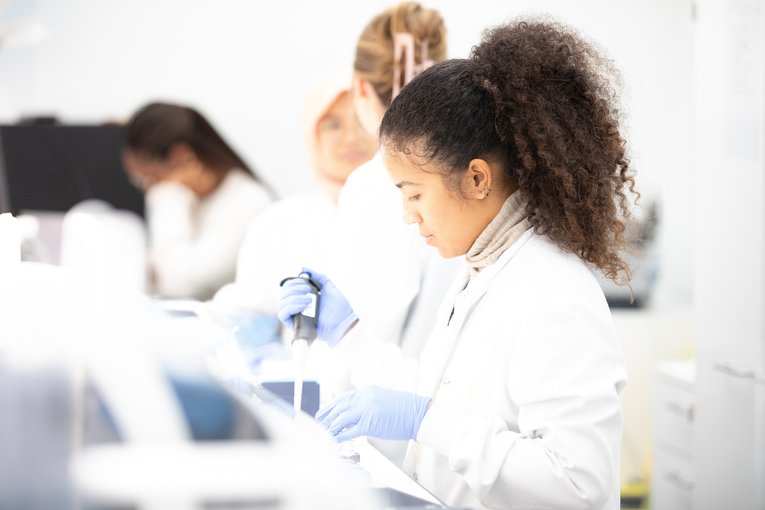
https://www.gosh.nhs.uk/news/mildred-creak-safe-space-recovery/
Mildred Creak – A safe space for recovery
8 May 2017, 12:11 p.m.
The Mildred Creak Unit is for children and young people with mental health problems. Sam Gardiner, a Senior Staff Nurse, shares how the ward helps the people who stay there.
At the very front of the hospital, five storeys up, sits a ward that is quite hidden from the other medical wards. This ward is not a thoroughfare and visitors must pass through a door locked from the inside, like entering someone’s home, before taking the lift up to the Mildred Creak Unit at Great Ormond Street Hospital (GOSH).
It’s a very homely ward, there are no machines beeping for attention, the beds are normal beds – unlike the hospital trolley beds found on other wards – and the young people who stay here are encouraged to decorate their private bedroom with keepsakes from home.
A hospital community

Sam Gardiner is a Senior Staff Nurse on the Mildred Creak Unit.
“We work as a community. Unlike other wards where you’ll have a patient allocated to each member of staff, we nurse all the young people together as a group. My role, like all of the staff here, is to be involved in every aspect of the daily living for the young people on the ward.”
The Mildred Creak Unit – named after Dr Mildred Creak, the first consultant psychiatrist and the first female consultant at GOSH – looks after young people with mental health problems. Young people are referred through their child and adolescent mental health service (CAMHS) and are admitted onto the ward from anywhere between a few weeks up to a year.
Young people come to Mildred Creak after suffering for a very long time. “It might be that they’ve been really unwell with an eating disorder,” explains Sam, “or they may have depression or anxiety that impacts on their life so much that they’re not able to carry out day-to-day tasks.”
Complex conditions
Many of the young people who stay on Mildred Creak have been unable to go to school, or even socialise, for a very long time. Some young people on the ward are diagnosed with conversion disorder – in which the young person experiences pain, paralysis or has seizures that can’t be explained through medical tests.
“The young person will have had lots of investigations to determine the cause of their illness. But doctors might be struggling to find anything. They will be experiencing genuine symptoms, but there isn’t a physical cause for it. So they’ll come to us so we can observe and make suggestions on how they can make small steps forward.”
Making every interaction count
The ward works uses the therapeutic milieu model, in which every interaction is considered therapeutic. Mental health conditions are rarely fixed with surgery or medicines alone, instead the staff build trust and encourage the young people to develop a sense of self-worth. The young people on the ward take responsibilities for the community, such as tidying the bookcase or cleaning the sofa.
“On the surface it might look like a young person’s chore is to tidy the bookcase,” explains Sam. “But you’ve got to look beyond that.
“Young people often come in and haven’t had social interactions for a long time. They may not have high self-worth and find normal, day-to-day activities difficult. It might be that someone isn’t physically able to hold a book when they come in, so it’s about helping them and building trust so that in time they’ll be able to do that.
“And when they can do their job it’s about noticing them and giving them confidence. They realise that their job is worth something and that they can give something back. It’s also about them having a sense of looking after something and that lets them allow someone to look after them.”

Unlike some of the other wards, the young people staying on Mildred Creak are encouraged to make decisions about the way the ward is run. The young people meet with ward staff on Sunday evening to plan the menu, deciding what they’ll eat for breakfast, lunch and dinner that week.
When the ward was refurbished, the community chose the art work that decorates the walls. Recently, the young people spotted that the sofa got dirty quite often. With the support from staff, they decided to get some throws.
“We really do try to empower the young people here to feel like they have a voice and that their views and contributions have worth,” says Sam.

Stigma and satisfaction
There is still a stigma around mental health problems – especially in young people. Sam explains that it can be hard for families going through diagnosis and treatment on Mildred Creak. Parents sometimes feel responsible and blame themselves for mental health problems in younger people, and they might feel judged.
It’s important for Sam that the ward staff do not judge parents in this way and that they create a safe space for the young people they look after. “We have the ethos that the majority of families are doing 100% the best for their child,” she adds.
For Sam, the positives of working on the ward far outweigh the challenges she faces.
“The relationships we have with our young people are different compared to other wards because we see the same people all the time. We have visiting nights where all the families visit and we all eat together. We get the privilege of watching what a family experience might be like.
“Every young person we see – no matter how hard they’re finding it – there’s always hope that they can walk out of this place and put it all behind them.
“So there’s always hope there.”

Fifth annual 'Moment of Discovery' image competition open 5-18 January
The annual Research and Innovation Image Competition, A Moment of Discovery, is back for the fifth year and open for entries between 5-18 January 2026.

Arsenal stars bring festive cheer to patients, families and staff
GOSH was buzzing with excitement this month as players from Arsenal’s men’s and women’s first‑team squads paid a special visit to children, families, and staff.

NIHR launches £13.7m investment into brain tumour research
The National Institute for Health and Care Research (NIHR) has announced a £13.7 million investment that will support ground-breaking research to develop novel brain tumour treatments in the UK.

New consortium aims to help improve care for arthritis patients
A new UK-led research group, including Great Ormond Street Hospital and University College London, aims to improve the lives of children, young people and adults with arthritis by defining for the first time what being in ‘remission’ from arthritis truly
